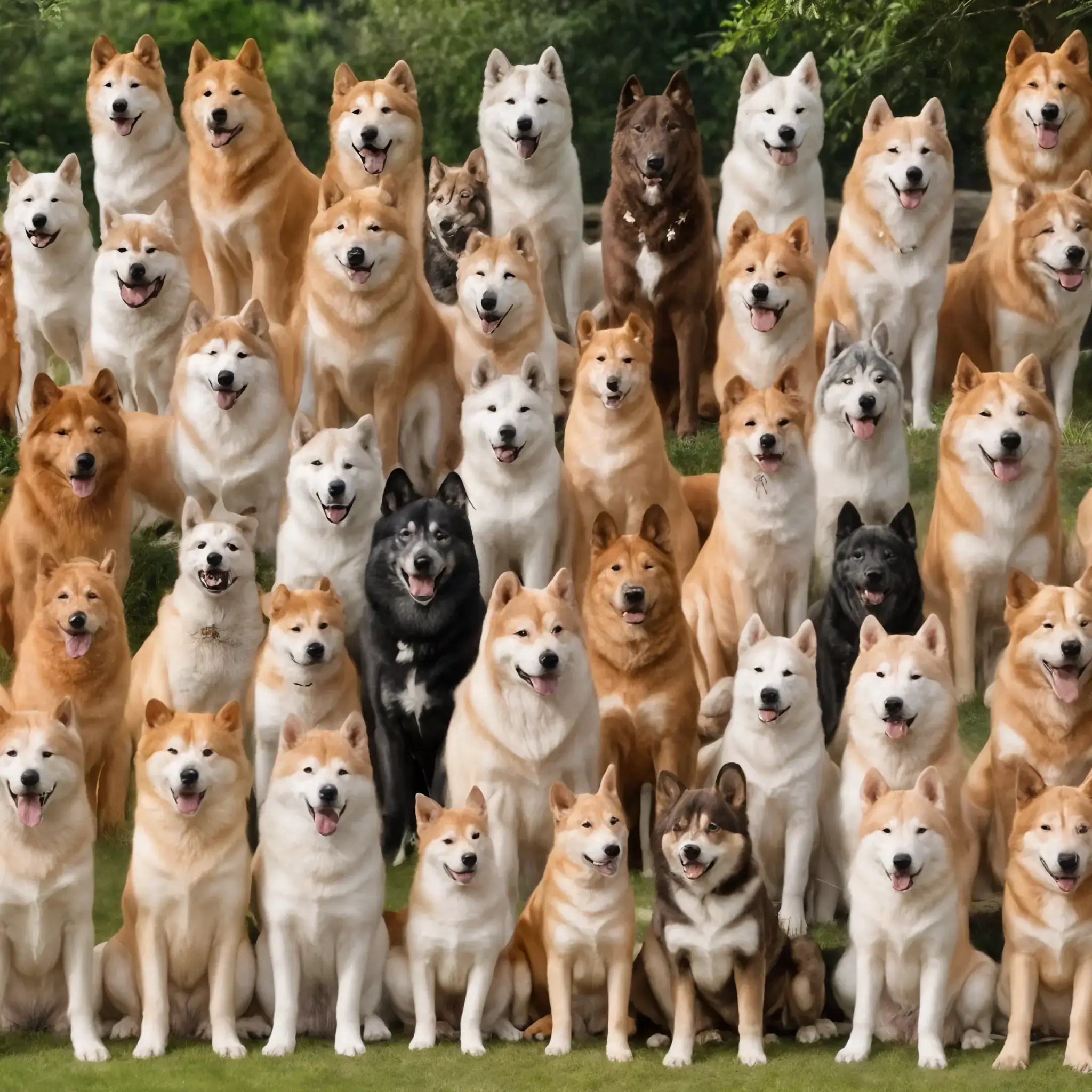Throughout history, dogs have been more than just pets; they have been companions, protectors, and symbols of loyalty and courage. Ancient dog breeds still around today offer a living connection to our shared past, showcasing traits and characteristics honed over thousands of years. These breeds, revered for their history and unique qualities, continue to capture our imagination and provide invaluable insights into the early days of human-canine relationships.
The Importance of Ancient Dog Breeds
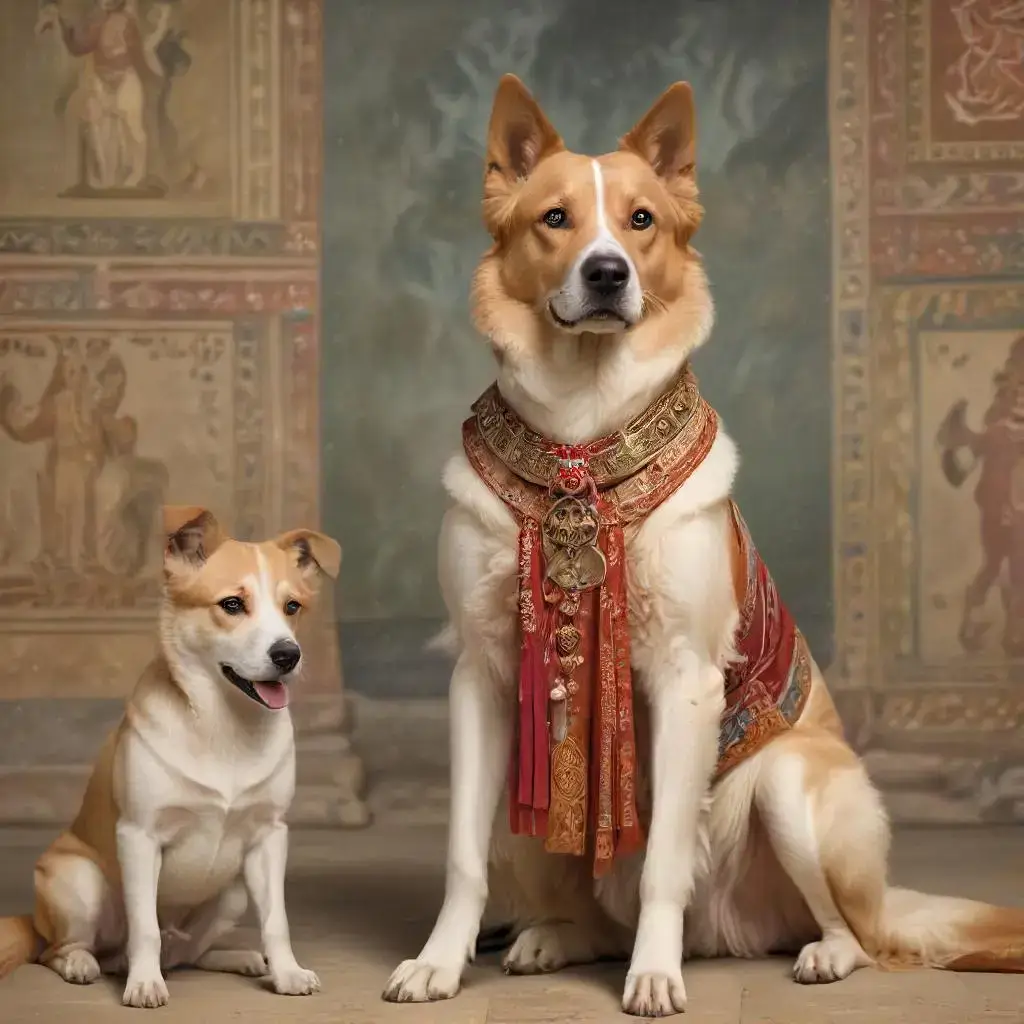
Cultural Significance
Ancient dog breeds hold cultural and historical significance. They represent the genetic diversity and adaptations that have enabled dogs to thrive in various environments. These breeds have played essential roles in human societies, from hunting and herding to guarding and companionship. Preserving these breeds helps maintain genetic diversity and honors the cultural heritage they embody.
Historical Roles
Many ancient dog breeds were integral to the daily lives of people in various civilizations. For instance, the Akita Inu was revered in Japan for guarding and hunting, while the Basenji was used by African tribes for hunting small game. Understanding these historical roles helps us appreciate the development and significance of these breeds over time.
Characteristics of Ancient Dog Breeds
Physical Traits
Ancient dog breeds are known for their distinctive physical traits. These often include robust health, unique coat types, and particular conformations suited to their original environments. For example, the dense fur of the Alaskan Malamute is perfect for Arctic conditions, while the lean, muscular build of the Saluki is ideal for speed and endurance.
Behavioral Traits
Behavioral traits of ancient dog breeds can be traced back to their historical purposes. Many retain strong instincts for guarding, hunting, or herding. The Pharaoh Hound, for instance, is still known for its keen hunting abilities, while the Shiba Inu exhibits a strong independent streak, a trait valued by hunters in Japan.
Adaptations Over Time
Over centuries, ancient dog breeds have adapted to changing environments and roles. Despite these changes, they maintain many original traits that make them unique and valuable in the context of breed preservation and modern companionship.
Ancient Dog Breeds Still Around Today
Overview
Several ancient dog breeds have stood the test of time and are still with us today. These breeds include the Akita Inu, Alaskan Malamute, Basenji, Chow Chow, Pharaoh Hound, Saluki, Shar Pei, Shiba Inu, Siberian Husky, Tibetan Mastiff, and Xoloitzcuintli. Each breed offers a unique glimpse into the past and continues to thrive in the modern world.
Significance
The survival of these breeds into the modern era underscores their adaptability and enduring appeal. They serve as living relics of human history, providing insights into the lives and cultures of our ancestors.
Akita Inu
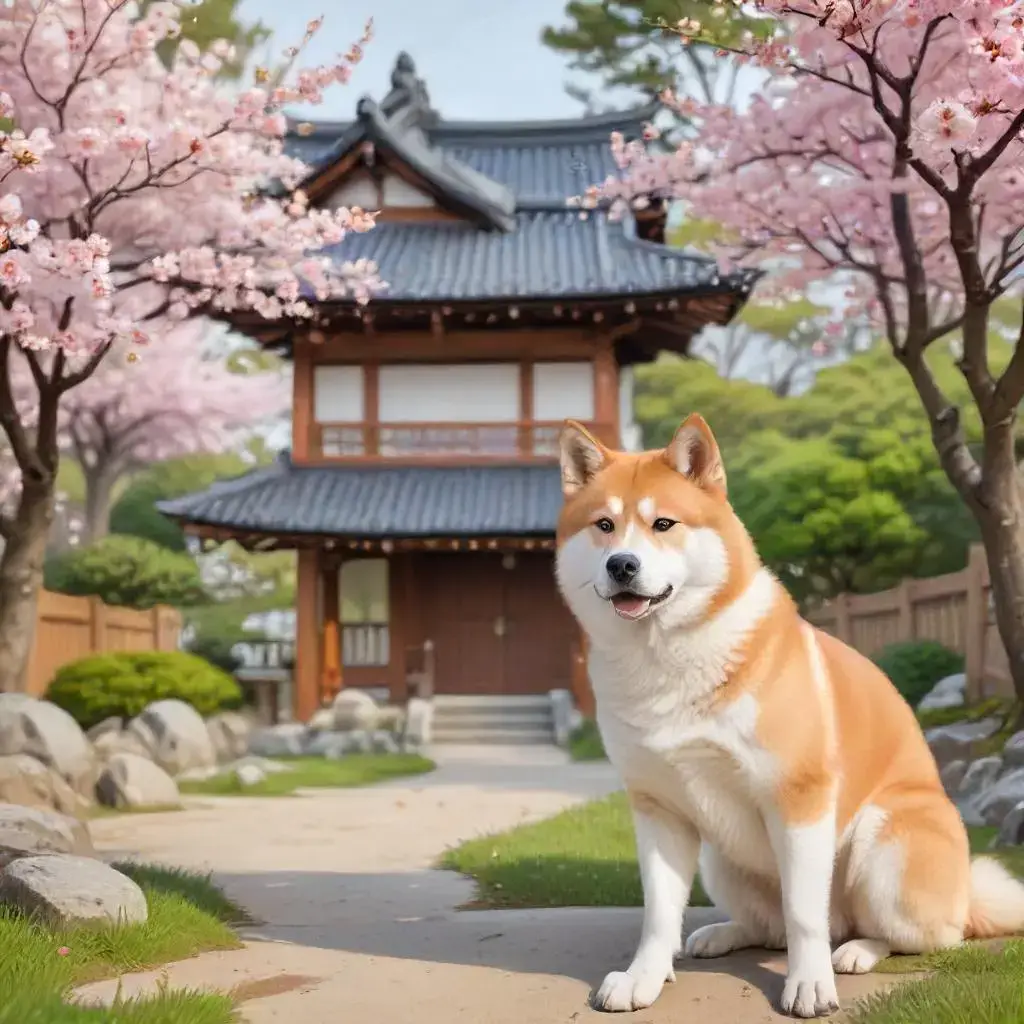
History
The Akita Inu originated in the mountainous regions of Japan and was initially used for guarding royalty and hunting games. Its historical significance is deeply rooted in Japanese culture, where it symbolizes loyalty and courage.
Characteristics
Akitas are known for their loyalty, courage, and dignified demeanor. They have a thick double coat, which protects them in harsh climates. Their physical strength and keen senses make them excellent guard dogs and companions.
Modern Role
Today, Akitas serve as loyal companions and guard dogs. They are also used in therapy work due to their calm and caring nature. The breed continues to be celebrated in Japan and around the world for its noble qualities.
Alaskan Malamute
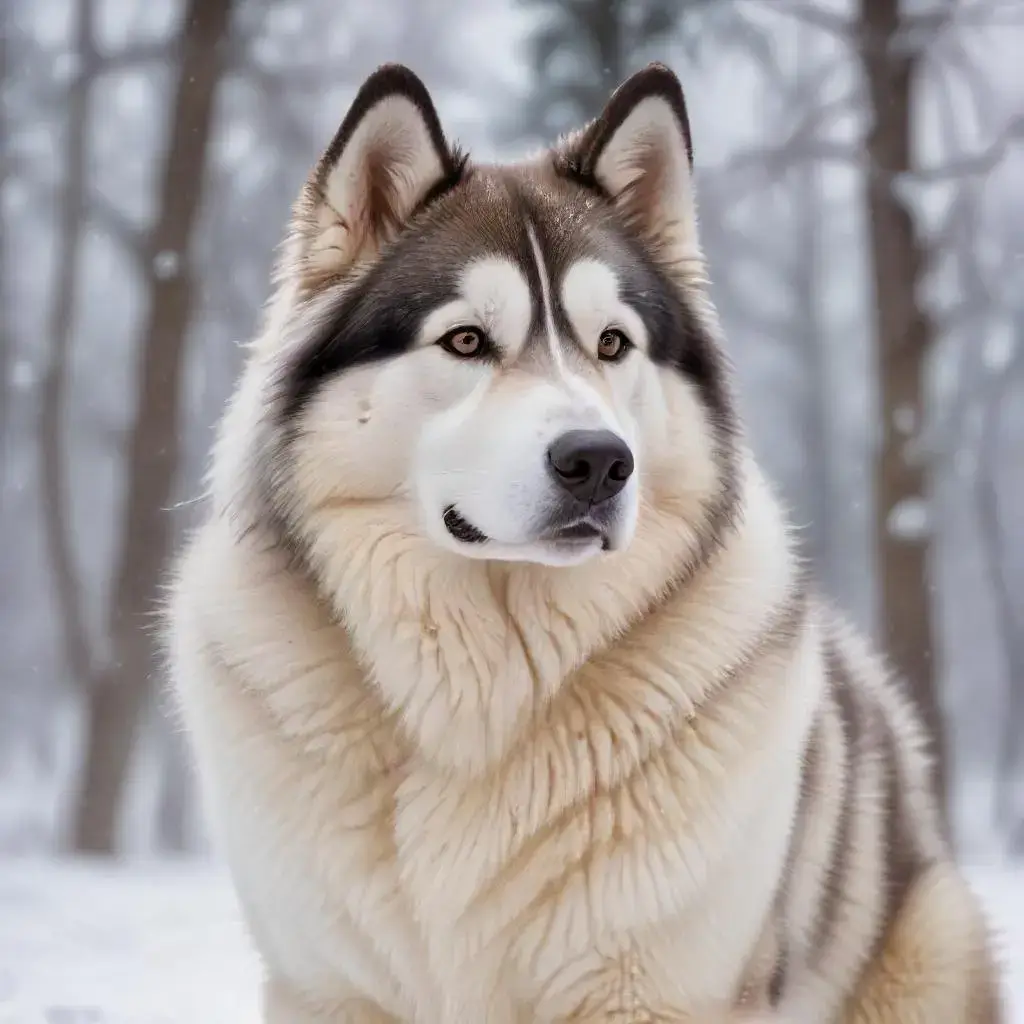
History
The Alaskan Malamute is one of the oldest Arctic sled dogs, bred by the Inuit people of Alaska for hauling heavy loads. These dogs were essential for survival in harsh Arctic conditions, providing transportation and companionship.
Characteristics
Malamutes are large, powerful dogs with thick, dense coats and strong, muscular bodies. They are known for their endurance and strength, which were crucial for pulling sleds and carrying supplies across frozen terrains.
Modern Role
Alaskan Malamutes are popular as family pets and are also used in various dog sports, including weight pulling and sledding. Their friendly disposition and striking appearance make them beloved companions.
Basenji
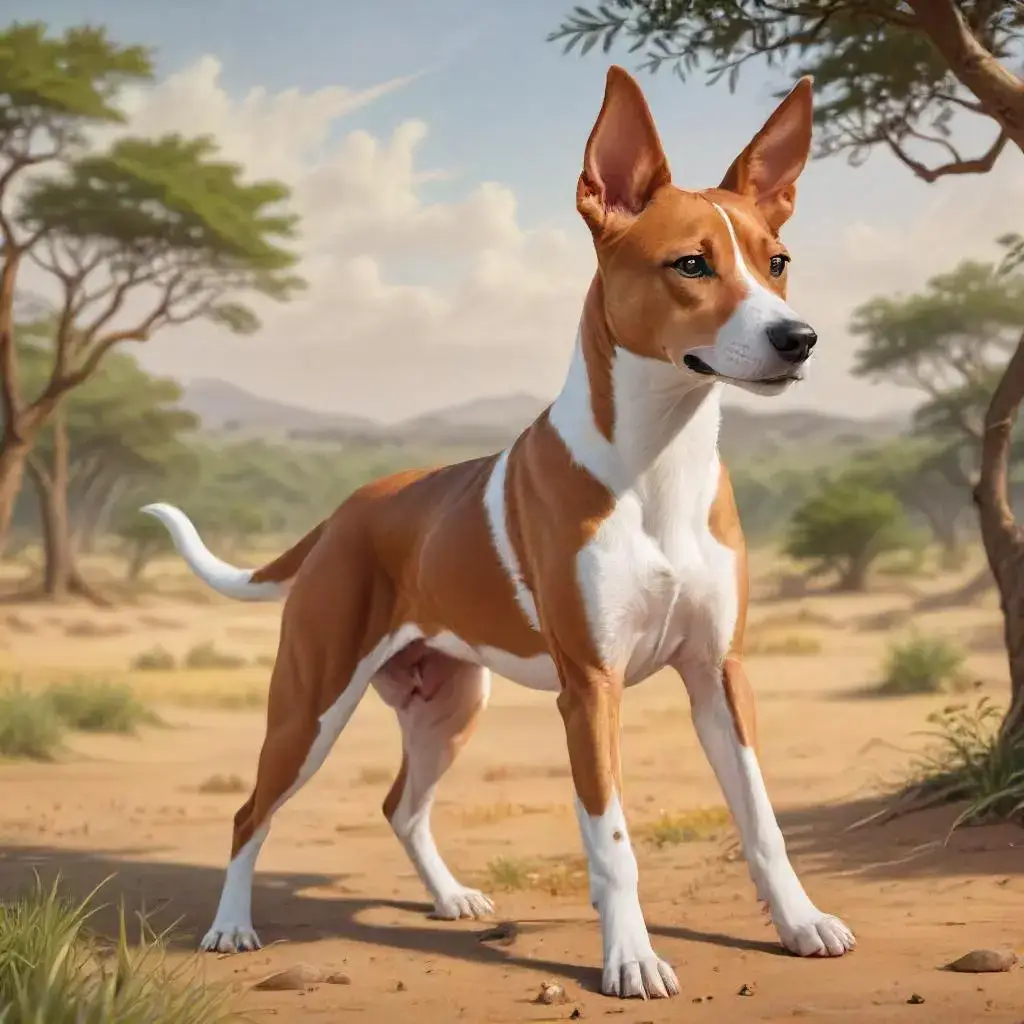
History
The Basenji, often called the “barkless dog,” originates from Central Africa and was used for hunting by the local tribes. Its history dates back thousands of years, making it one of the oldest dog breeds.
Characteristics
Basenjis are small, elegant dogs known for their quietness and unique yodel-like sound. They have a short, fine coat and a curled tail. Their keen sense of smell and agility made them excellent hunters in dense forests.
Modern Role
Basenjis make excellent pets for those looking for a low-maintenance dog. They are also involved in lure coursing and agility sports. Their unique vocalizations and independent nature continue to fascinate dog enthusiasts.
Chow Chow
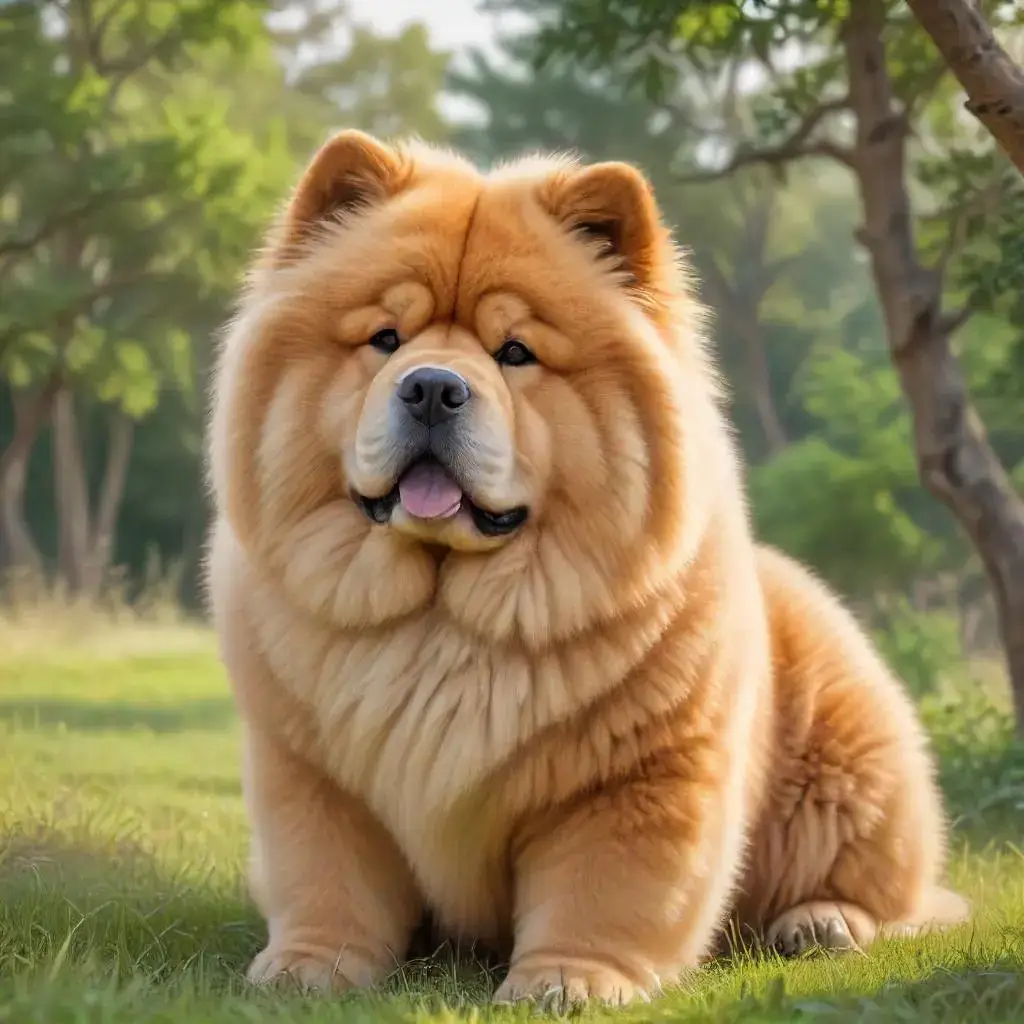
History
The Chow Chow is an ancient breed from northern China, known for its lion-like mane and blue-black tongue. Historically, they were used for guarding, hunting, and even as a source of food and fur in harsh times.
Characteristics
Chows are sturdy, compact dogs with a dense double coat. They are known for their independence, aloofness, and protective nature. Their distinctive appearance and dignified demeanor make them easily recognizable.
Modern Role
Chows are popular in show rings and as family pets, valued for their distinctive appearance and loyalty. Their independent nature can make them a challenge to train, but they form strong bonds with their families.
Pharaoh Hound
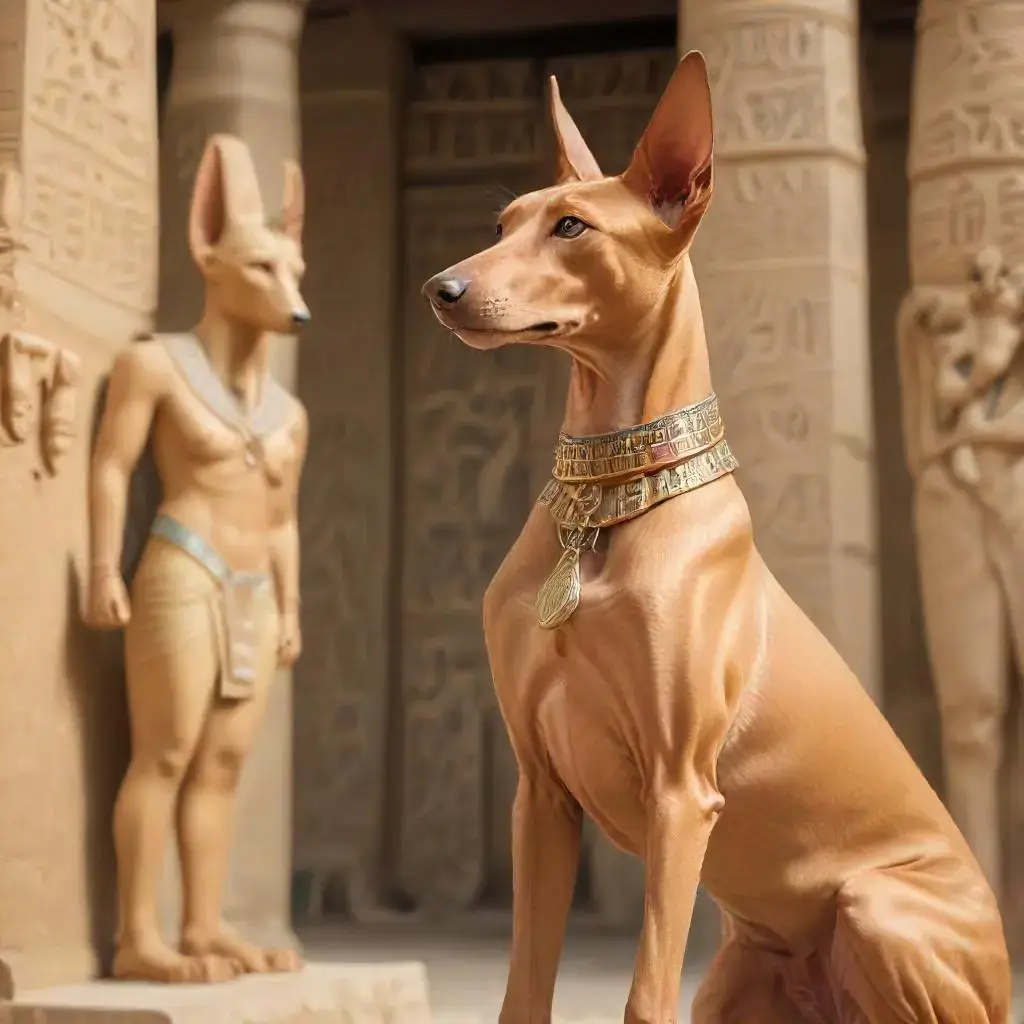
History
The Pharaoh Hound is believed to be one of the oldest domesticated dog breeds, tracing back to ancient Egypt. Depictions of dogs resembling Pharaoh Hounds appear in ancient Egyptian art, highlighting their long history.
Characteristics
Pharaoh Hounds are graceful, athletic dogs with short, glossy coats. They are known for their speed, agility, and keen hunting instincts. Their sleek build and alert expression reflect their ancient heritage.
Modern Role
These dogs excel in various canine sports and are cherished as pets for their affectionate and playful nature. The Pharaoh Hound’s regal appearance and lively temperament make it a favorite among dog lovers.
Saluki
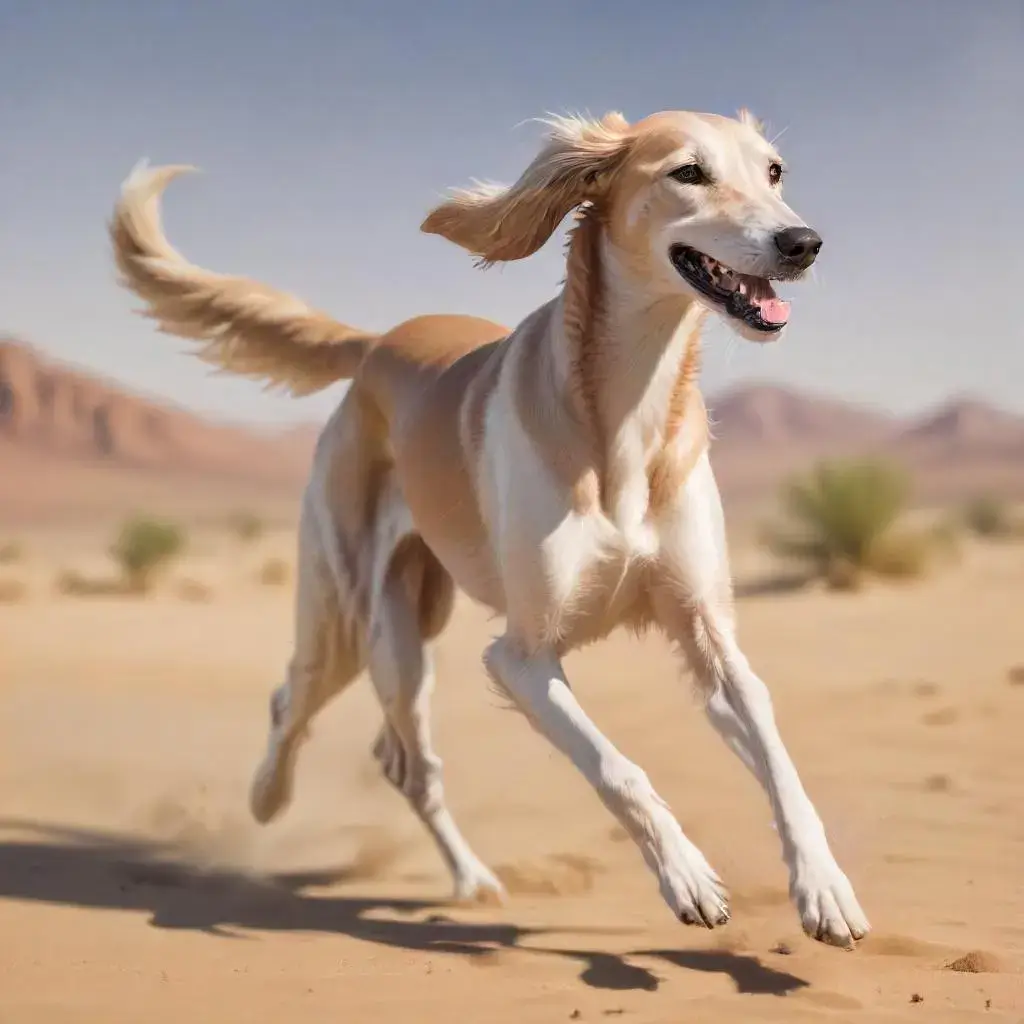
History
The Saluki, or Persian Greyhound, is an ancient breed from the Middle East, used for hunting by nomadic tribes. Its history is deeply intertwined with the culture of the Bedouin people, who valued the Saluki for its speed and endurance.
Characteristics
Salukis are elegant, slender dogs with long legs and a smooth, silky coat. They are known for their speed and endurance, which made them ideal for hunting game in the desert.
Modern Role
Salukis are popular in lure coursing and as companion animals, admired for their beauty and gentle temperament. Their athleticism and grace continue to be celebrated in various dog sports and shows.
Shar Pei
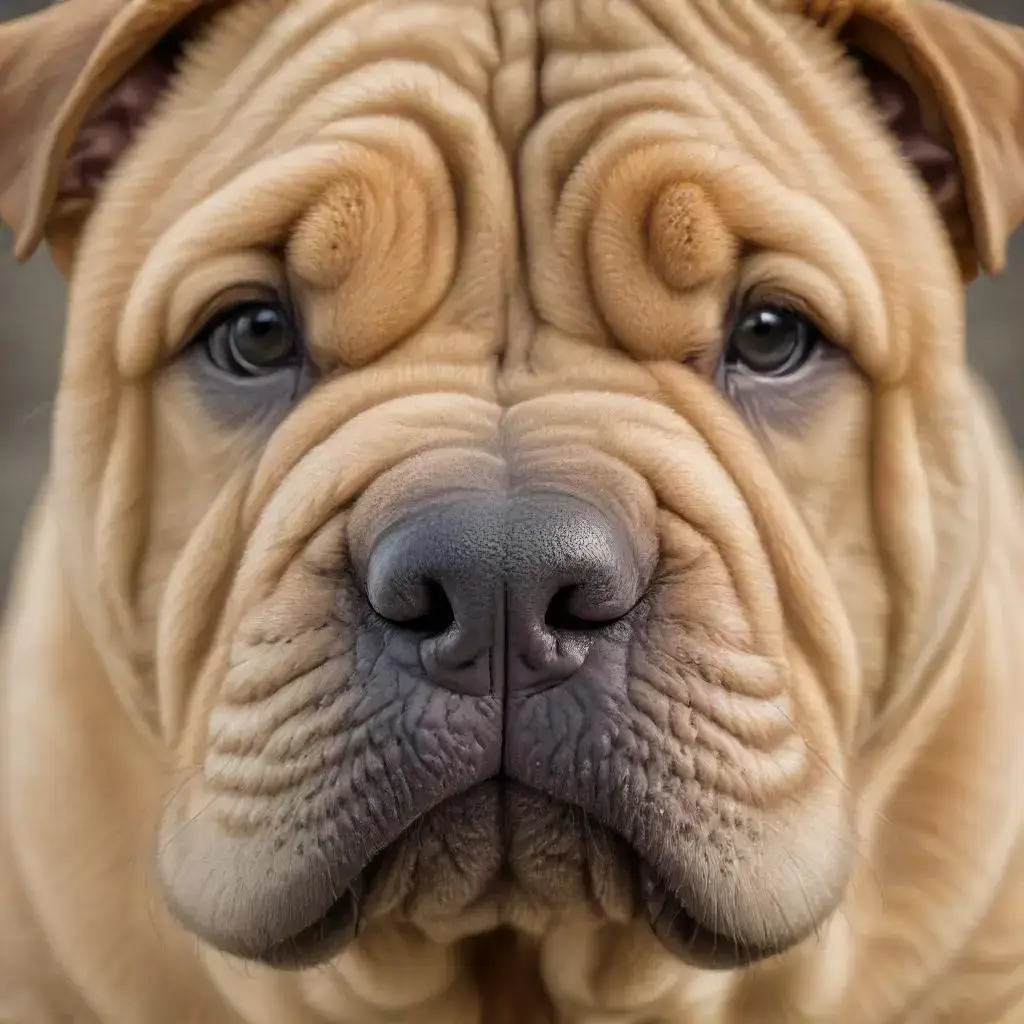
History
The Shar Pei, with its distinctive wrinkled skin, originates from China, where it was used for guarding and hunting. The breed’s history dates back over 2,000 years, and it was highly valued for its protective abilities.
Characteristics
Shar Peis are medium-sized dogs with a short, bristly coat and unique wrinkles. They are known for their loyalty and protective nature. The breed’s distinct appearance makes it easily recognizable.
Modern Role
Shar Peis are valued as family pets and guard dogs, recognized for their distinctive appearance and steadfast loyalty. Their calm demeanor and protective instincts make them excellent companions for families.
Shiba Inu
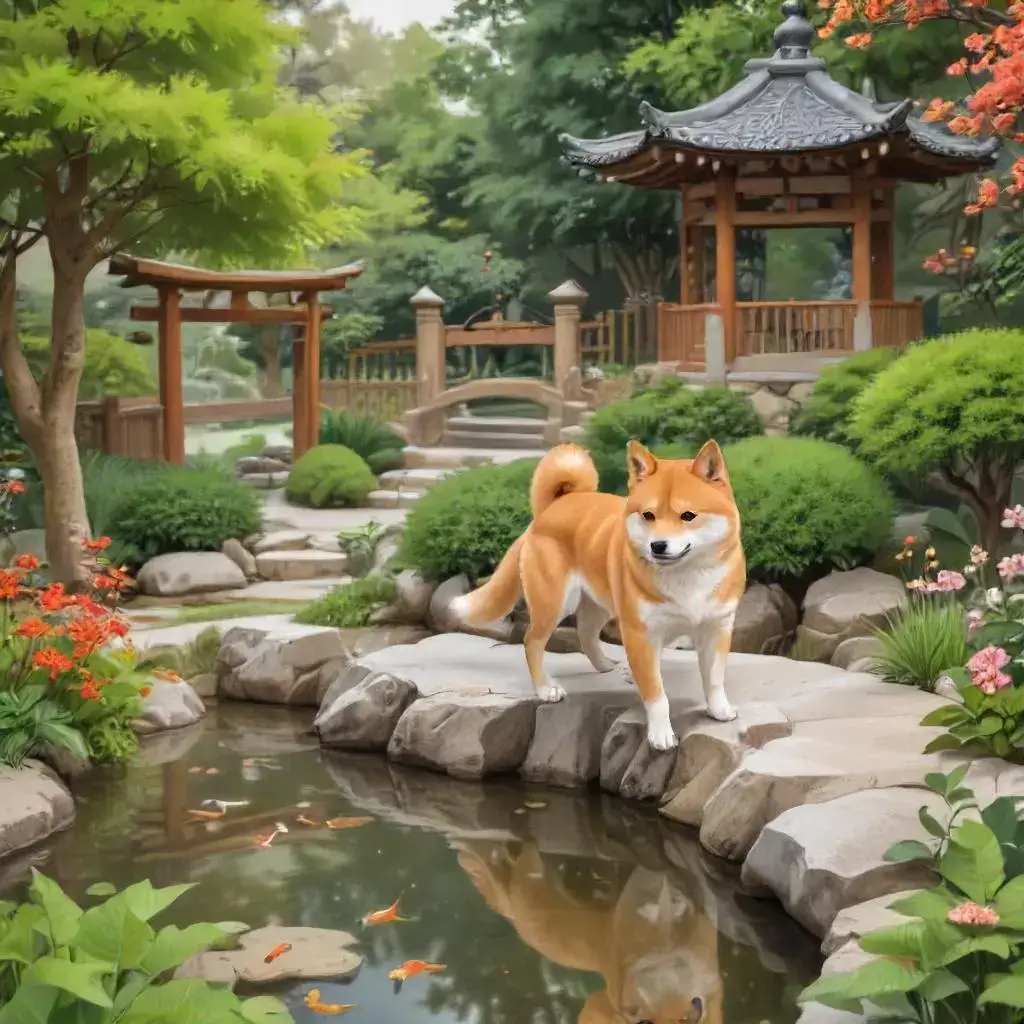
History
The Shiba Inu is a small, agile dog from Japan, originally bred for hunting in mountainous terrain. Its history dates back over a thousand years, making it one of the oldest and most popular breeds in Japan.
Characteristics
Shibas have a fox-like appearance with a thick double coat and a curled tail. They are known for their spirited personality and agility. Their alert and energetic nature make them excellent hunters and companions.
Modern Role
Shiba Inus are popular as pets and in dog sports, valued for their independence and playful nature. Their adaptability and charming personality make them well-suited to various living environments.
Siberian Husky
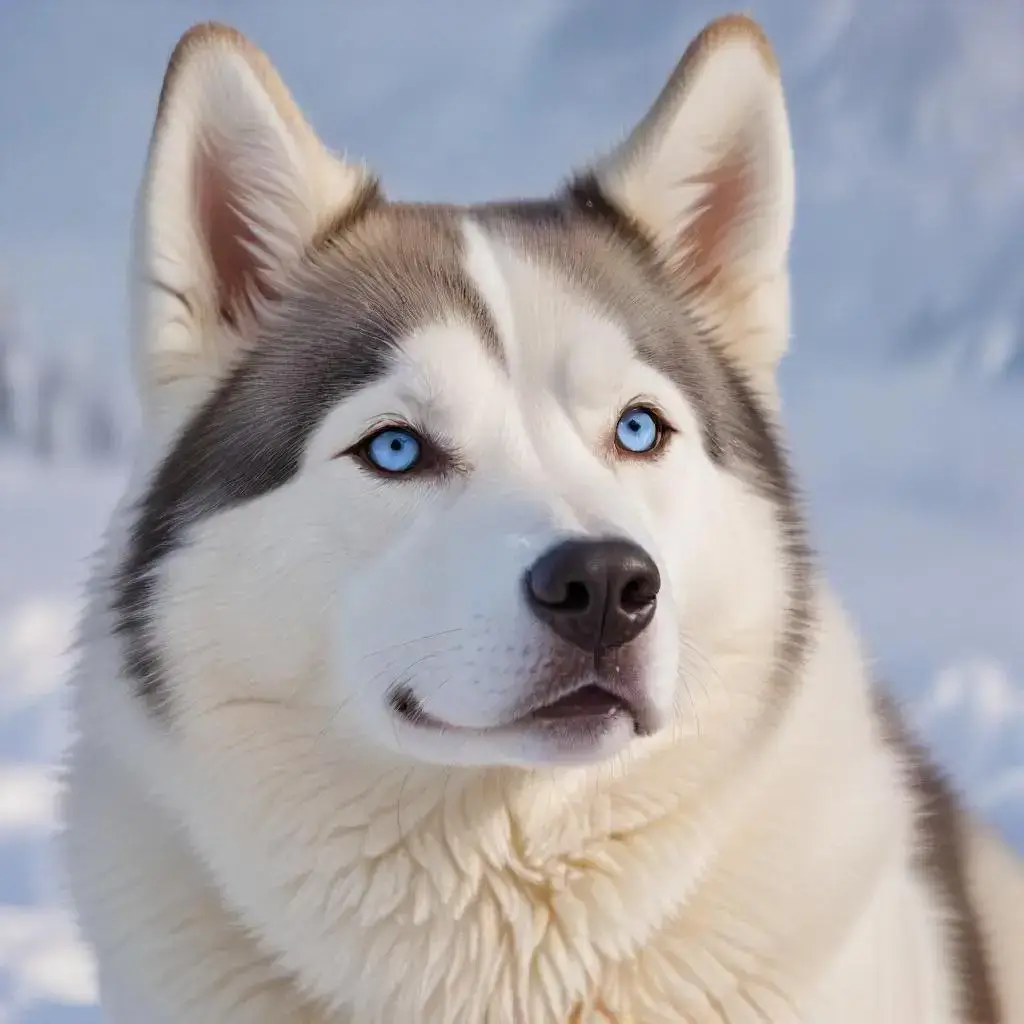
History
The Siberian Husky is an ancient breed from Siberia, used by the Chukchi people for sledding and companionship. These dogs were essential for transportation and survival in the harsh Siberian climate.
Characteristics
Huskies are medium-sized dogs with a dense double coat and striking blue or multicolored eyes. They are known for their endurance and friendly disposition. Their ability to work in extreme conditions is a testament to their resilience.
Modern Role
Siberian Huskies are popular as pets and sled dogs, admired for their striking appearance and outgoing nature. Their playful and energetic personality makes them excellent companions for active families.
Tibetan Mastiff
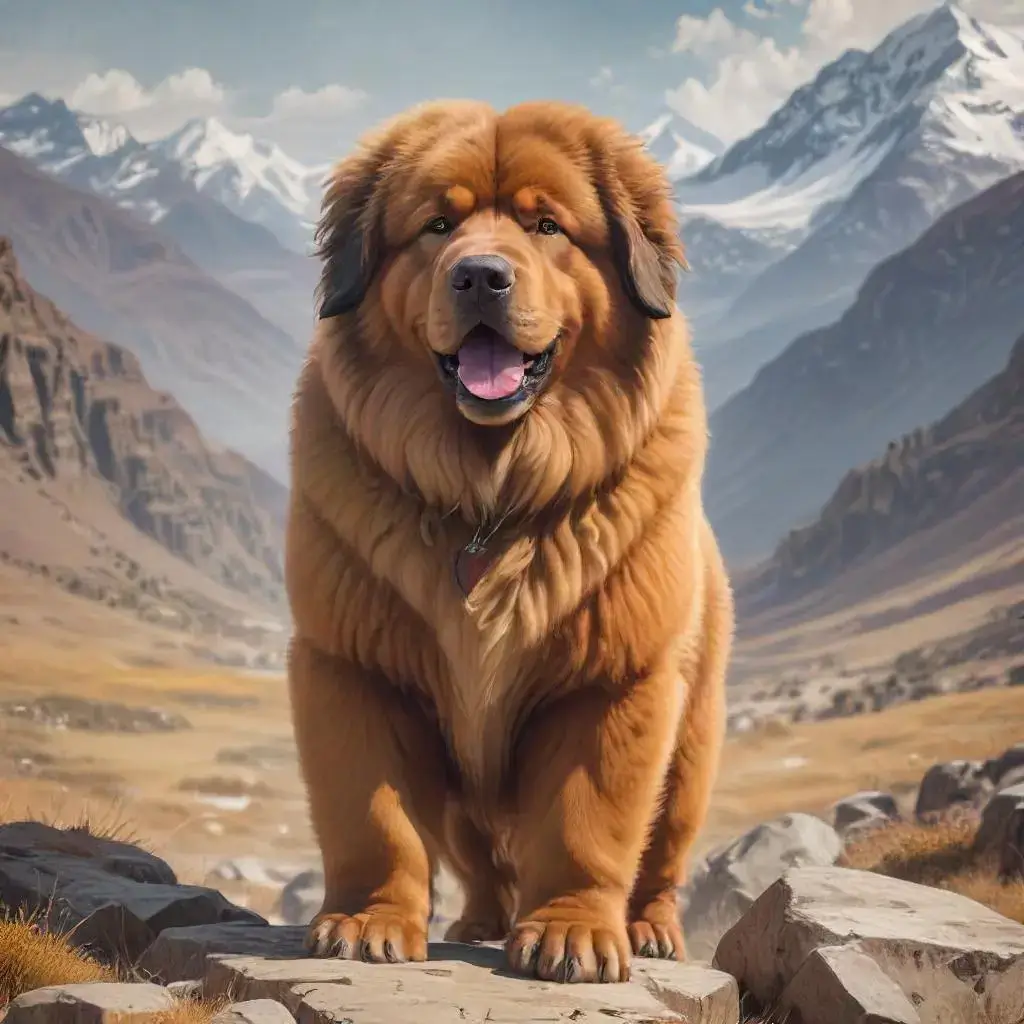
History
The Tibetan Mastiff is an ancient breed from the Himalayas, used by nomadic tribes as a guard dog. Its history is intertwined with the cultural and religious traditions of Tibet, where it was revered for its protective abilities.
Characteristics
Tibetan Mastiffs are large, powerful dogs with a thick double coat. They are known for their protective nature and independence. Their imposing presence and loyalty make them excellent guard dogs.
Modern Role
Tibetan Mastiffs are used as guard dogs and family pets, valued for their imposing presence and loyalty. Their calm and protective nature makes them well-suited to guarding property and livestock.
Xoloitzcuintli
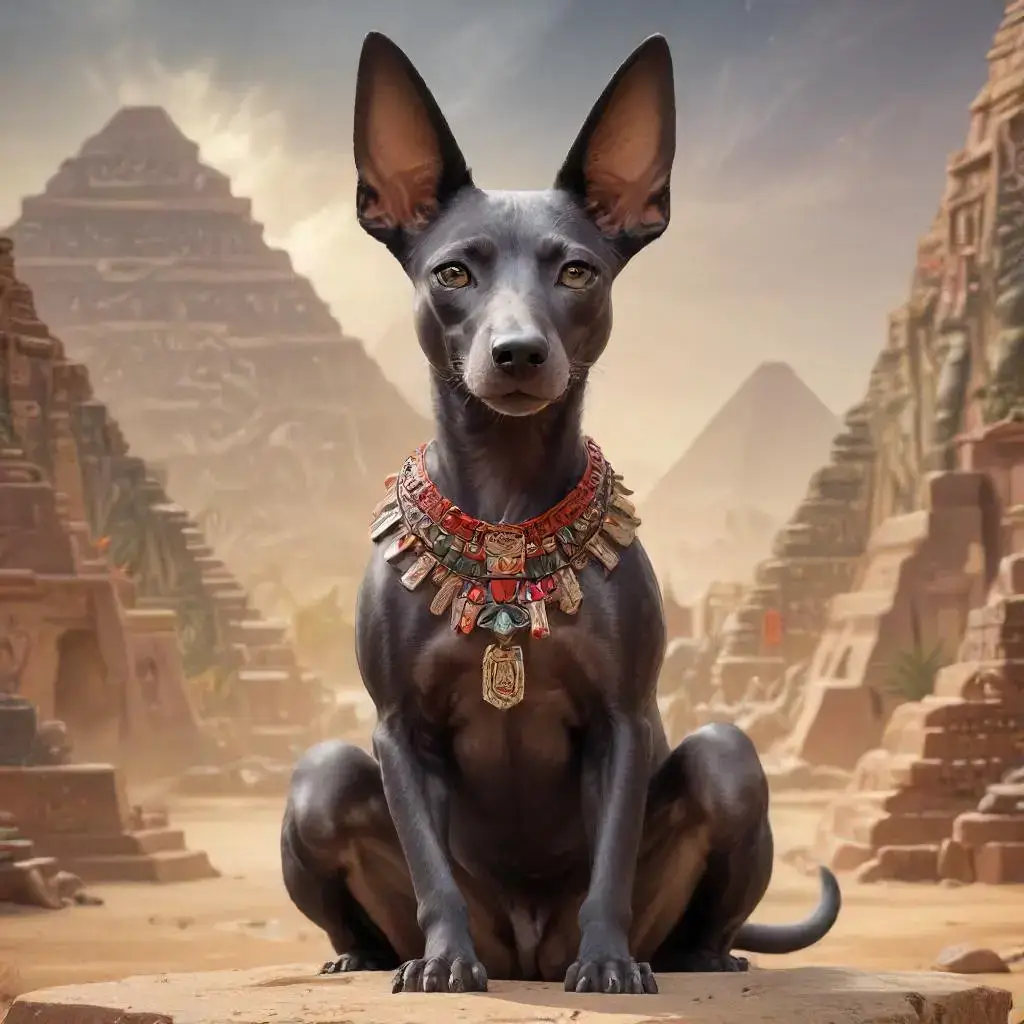
History
The Xoloitzcuintli, or Mexican Hairless Dog, dates back to ancient Mesoamerican civilizations, where it was revered for its healing properties. The breed’s history is deeply rooted in the cultural and religious practices of the Aztec and Mayan peoples.
Characteristics
Xolos come in three sizes and can be hairless or coated. They are known for their alertness and loyalty. Their unique appearance and calm temperament make them distinctive among dog breeds.
Modern Role
Xolos are popular as pets and show dogs, appreciated for their unique appearance and affectionate nature. Their low-maintenance coat and calm demeanor make them excellent companions for a variety of households.
The Role of Ancient Dog Breeds in Modern Breeding
Preservation Efforts
Ancient dog breeds play a crucial role in modern breeding programs, helping to preserve genetic diversity and enhance breed resilience. Efforts to crossbreed ancient breeds with modern ones aim to combine desirable traits, such as health and temperament while maintaining historical characteristics.
Crossbreeding Challenges
Crossbreeding ancient breeds with modern breeds can present challenges, including maintaining genetic diversity and avoiding health issues. Careful selection and breeding practices are essential to ensure the health and longevity of these breeds.
Health and Care of Ancient Dog Breeds
Common Health Issues
Ancient dog breeds often have specific health needs and care requirements. Regular veterinary check-ups, proper grooming, and tailored exercise regimens are essential to ensure their well-being. Understanding common health issues, such as hip dysplasia in larger breeds or skin problems in hairless breeds, helps owners provide the best care.
Grooming Needs
Each ancient dog breed has unique grooming needs. Breeds with dense coats, like the Alaskan Malamute and Chow Chow, require regular brushing to prevent matting and shedding. Hairless breeds, like the Xoloitzcuintli, need skin protection and regular baths to maintain healthy skin.
Exercise Requirements
Ancient breeds often have high energy levels and specific exercise needs. Active breeds, like the Siberian Husky and Basenji, require regular exercise to prevent boredom and maintain their physical health. Understanding these needs helps ensure a happy and healthy pet.
Cultural Impact of Ancient Dog Breeds
In Art and Literature
Ancient dog breeds have left a lasting impact on culture and society. They appear in art, literature, and folklore, symbolizing qualities such as loyalty, bravery, and nobility. Their global recognition and continued popularity attest to their enduring legacy.
Symbolism
The symbolism of ancient dog breeds varies across cultures. In ancient Egypt, the Pharaoh Hound was seen as a symbol of the gods, while in China, the Shar Pei was considered a protector of the family. These symbolic meanings enhance our understanding of the cultural significance of these breeds.
Training and Temperament
Training Challenges
Training ancient dog breeds can present unique challenges due to their independent and sometimes stubborn nature. Consistent, positive reinforcement techniques work best. Understanding their temperament, whether it’s the aloofness of the Chow Chow or the playfulness of the Siberian Husky, helps tailor training approaches.
Best Practices
Using positive reinforcement and patience is key when training ancient breeds. Building a strong bond through consistent training and socialization helps address behavioral challenges and enhances the overall relationship between dog and owner.
Temperament Traits
The temperament traits of ancient dog breeds can vary widely. Some, like the Akita Inu, are known for their loyalty and protective nature, while others, like the Basenji, are independent and playful. Understanding these traits helps owners provide appropriate care and training.
Ancient Dog Breeds in Mythology and Folklore
Legends and Stories
Ancient dog breeds feature prominently in mythology and folklore, often depicted as guardians, hunters, or symbols of divinity. Stories of the Pharaoh Hound in Egyptian mythology or the Xoloitzcuintli in Aztec legends highlight their revered status.
Symbolic Meanings
The symbolic meanings associated with ancient dog breeds often reflect their historical roles and cultural significance. These meanings provide insight into the deep bond between humans and dogs throughout history.
The Genetic Legacy of Ancient Dog Breeds
DNA Studies
Modern DNA studies have uncovered the genetic legacy of ancient dog breeds, revealing their contributions to the genetic pool of contemporary breeds. These studies help trace the evolutionary history of dogs and identify traits that have persisted through millennia.
Contributions to Genetic Diversity
Ancient breeds contribute significantly to the genetic diversity of the canine population. Preserving these breeds helps maintain a healthy gene pool and ensures the continuation of valuable genetic traits.
Challenges Faced by Ancient Dog Breeds
Conservation Issues
Ancient dog breeds face several challenges, including conservation issues, genetic bottlenecks, and environmental changes. Efforts to preserve these breeds focus on maintaining genetic diversity and adapting to modern living conditions.
Genetic Bottlenecks
Genetic bottlenecks occur when the population of a breed decreases significantly, leading to a loss of genetic diversity. This can result in increased health issues and reduced resilience. Conservation efforts aim to mitigate these risks by promoting responsible breeding practices.
Success Stories in Preserving Ancient Breeds
Notable Conservation Programs
There have been numerous success stories in the preservation of ancient dog breeds. Conservation programs and dedicated breeding efforts have helped revive populations and ensure the continued existence of these historic breeds.
Successful Breeding Efforts
Successful breeding efforts focus on maintaining genetic diversity and promoting the health and well-being of ancient breeds. Collaboration between breeders, researchers, and enthusiasts plays a crucial role in these efforts.
Comparing Ancient Breeds to Modern Breeds
Differences in Temperament
Ancient breeds often differ significantly from modern breeds in terms of temperament, physical characteristics, and societal roles. Understanding these differences provides insight into how dogs have evolved alongside humans and adapted to changing environments.
Physical Differences
Physical differences between ancient and modern breeds can be striking. Ancient breeds often retain traits that helped them survive in specific environments, while modern breeds may have been selected for specific physical characteristics or performance traits.
Popular Misconceptions About Ancient Dog Breeds
Common Myths
There are many misconceptions about ancient dog breeds, such as their suitability as pets or their temperament. Dispelling these myths helps potential owners make informed decisions and appreciate the true nature of these breeds.
Clarifications
Clarifying common misconceptions about ancient breeds helps improve their reputation and encourages responsible ownership. Understanding the unique needs and characteristics of these breeds fosters a deeper appreciation for their history and significance.
Ancient Dog Breeds and Their Owners
Ideal Living Situations
Owning an ancient dog breed requires understanding their unique needs and characteristics. Ideal living situations, famous owners, and a community of enthusiasts all contribute to the rich tapestry of experiences associated with these breeds.
Famous Owners
Famous owners of ancient dog breeds often help raise awareness and appreciation for these breeds. Their experiences and stories can inspire others to learn more about the history and characteristics of these remarkable dogs.
Choosing an Ancient Dog Breed
Considerations
Choosing an ancient dog breed involves considering factors such as lifestyle, living conditions, and breed-specific needs. Whether adopting or purchasing, understanding these considerations ensures a good match between the dog and its owner.
Suitability
Assessing the suitability of an ancient dog breed for your lifestyle is crucial. Factors such as activity level, grooming needs, and temperament should be taken into account to ensure a harmonious relationship between dog and owner.
Conclusion
The enduring legacy of ancient dog breeds is a testament to their resilience, adaptability, and significance in human history. As we continue to cherish and preserve these breeds, they offer a living connection to our past and a source of inspiration for the future.
FAQs
What is the oldest dog breed still around today? The Pharaoh Hound is considered one of the oldest dog breeds still in existence, with origins tracing back to ancient Egypt.
Are ancient dog breeds good pets? Yes, many ancient dog breeds make excellent pets, but it’s important to understand their specific needs and temperaments.
How can I ensure the health of my ancient dog breed? Regular veterinary check-ups, proper nutrition, and tailored exercise regimens are essential for maintaining the health of ancient dog breeds.
Do ancient dog breeds have unique care requirements? Yes, many ancient breeds have specific grooming, exercise, and health needs that owners should be aware of.
Why are ancient dog breeds important? Ancient dog breeds are important for preserving genetic diversity, understanding canine history, and maintaining cultural heritage.
Can ancient dog breeds adapt to modern living conditions? Many ancient dog breeds can adapt well to modern living conditions with proper care and training.
Conclusion
Ancient dog breeds are living treasures, embodying the history and evolution of canine companionship. By appreciating their unique traits and preserving their legacy, we honor the deep bond between humans and dogs that has spanned millennia.
